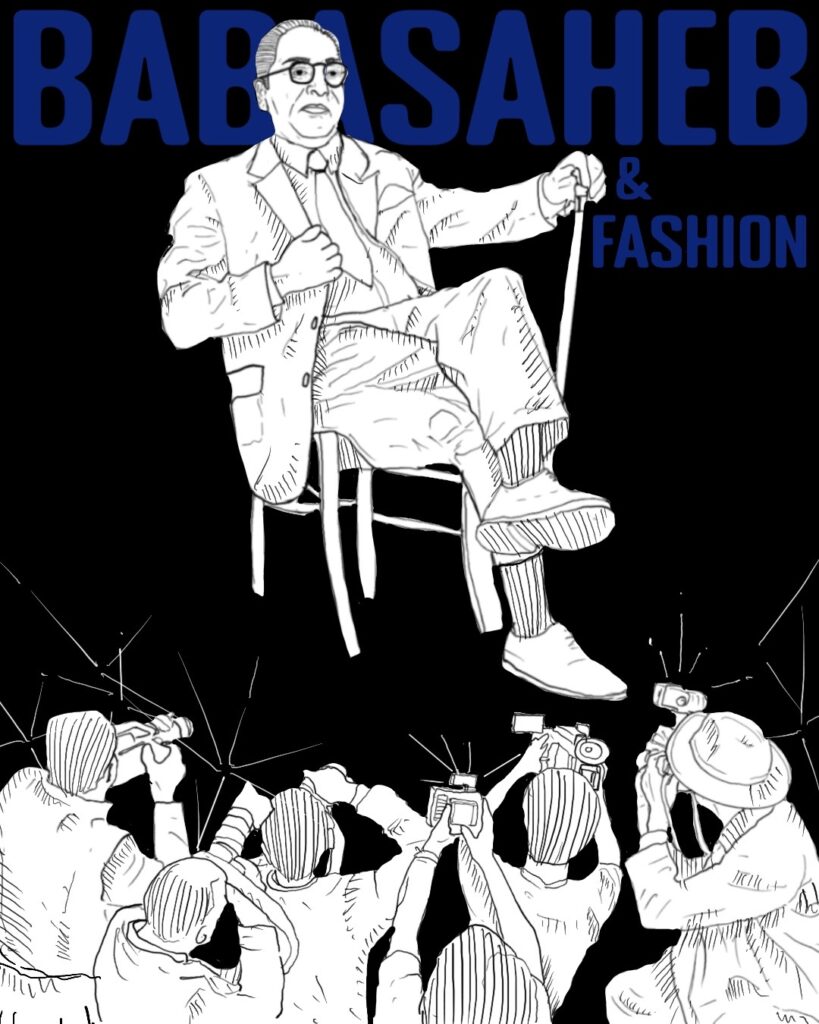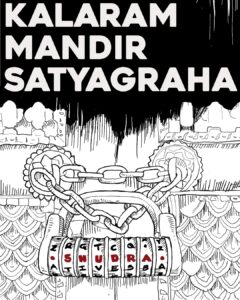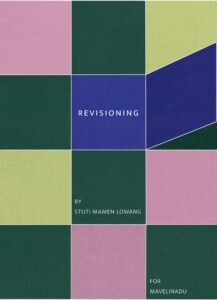Against the caste structure, Dr Ambedkar’s fashion and style overturns centuries long oppressive dictations about what Dalits can and cannot do.

Illustration by Ajinkya Dekhane
Wherever Babasaheb is depicted or shown, in everyday billboards, books, magazines and blog posts, his image represents a liberated individual. Dr Ambedkar’s persona is not only the defiance of repressive caste impositions on clothing, but a radical reformation of the idea of a Dalit. Dressed in a three-piece blue suit underneath a glorious red tie, with gentleman hair slicked back, keen eyeglasses, one finger raised into the air and a book in another hand, Dr Ambedkar attire is a statement of excellence, a protest against injustice, and a message of love and power. Against the caste structure, it overturns centuries long oppressive dictations about what Dalits can and cannot do. It signifies elegance, power, excellence and dignity of life. It grants the downtrodden the right to choice, freedom and liberty that was historically denied to them. The Western style of the suit breaks away from the shackles of a caste-ridden universe that dictates at one’s birth their status which one is helpless to change even by adopting different clothes.
However his clothes and lifestyle in their personal capacity are not well known to the public. In the book Ambedkar: The Attendant Details, Devi Dayal, a young boy whom Babasaheb had employed to take care of his library and household, writes,
“On invites and special occasions he wore the Indian achkan, churidars, and black shoes. At parties with the Viceroy, which were attended by a good number of high English officials, Babasaheb always appeared in Indian clothes. [.] During my four years with Babasaheb, I never saw him dressed up otherwise when attending a party at the Viceroy’s.”
At home he wore simple clothes. During the summer he wore chappals, loin cloth,’ kurta, and cap. His loin cloth was thin but measured four ‘haths’ [arm-length], with comparatively less width, which he wrapped around his waist. His kurta was knee-length. And dressed up in that he looked like a saint. He also wore shirt and pyjamas at home. He loved the kachchha which opened like pants but always had a waist band. He said, “This dress is very inexpensive and comfortable. I will advise the poor people to adopt it as their general uniform.””
In his revered text, ‘Annihilation of Caste’, Dr B.R Ambedkar cites evidence of the manifestations of caste through clothing and attire.
Under the rule of the Peshwas, the untouchable in Maratha county was forbidden to use the public streets if a Hindu was coming along, “lest he should pollute the Hindu by his shadow.” The untouchable was required to have a black thread either on his wrist or around his neck, as a sign or a mark to prevent the Hindus from getting themselves polluted by his touch by mistake.
Babasaheb cites the injustices committed by caste-Hindus against the Balais, a Dalit community in central India. “Balais must not wear gold-lace-bordered pugrees. They must not wear dhotis with coloured or fancy borders. Balai women must not wear gold or silver ornaments; they must not wear fancy gowns or jackets. If the Balais do not agree to abide by these terms, they must clear out of the villages.” In the same essay, Babasaheb mentions another instance where the Sonars wore dhotis with folds and used the word namaskar for salutation. Dr Ambedkar states that “Both the folded way of wearing the “dhoti” and the namaskar were special to the Brahmins. The Brahmins did not like this act. “Under the authority of the Peshwas, the Brahmins successfully put down this attempt on the part of the Sonars to adopt the ways of the Brahmins. They even got the President of the Councils of the East India Company’s settlement in Bombay to issue a prohibitory order against the Sonars residing in Bombay.”
The influence of caste on clothing finds its origins in the Hindu scripture Manusmriti;
The clothes of dead bodies shall be their (Chandalas’) dress; they shall eat in broken dishes; their ornaments shall be of iron, and they shall be constantly wandering.
– Manusmriti 10.52
Dr Ambedkar’s lifestyle was as powerful as it was simple. He not only wanted to annihilate the caste system in itself but also in its various forms, which had percolated in the lifestyle of the upper-castes. His bold and assertive personality was not only a symbol of his intellect and power, but of his entire community, who until two centuries ago had to wear pots around their necks and brooms to their backs. Ambedkar burned these ideas in the same manner he burned the Manusmriti, by creating his own idea of what Dalits should be, rather than what was imposed on him.
Sources:
Dr B.R Ambedkar: Annihilation of Caste
Dr B. R Ambedkar: The attendant details




